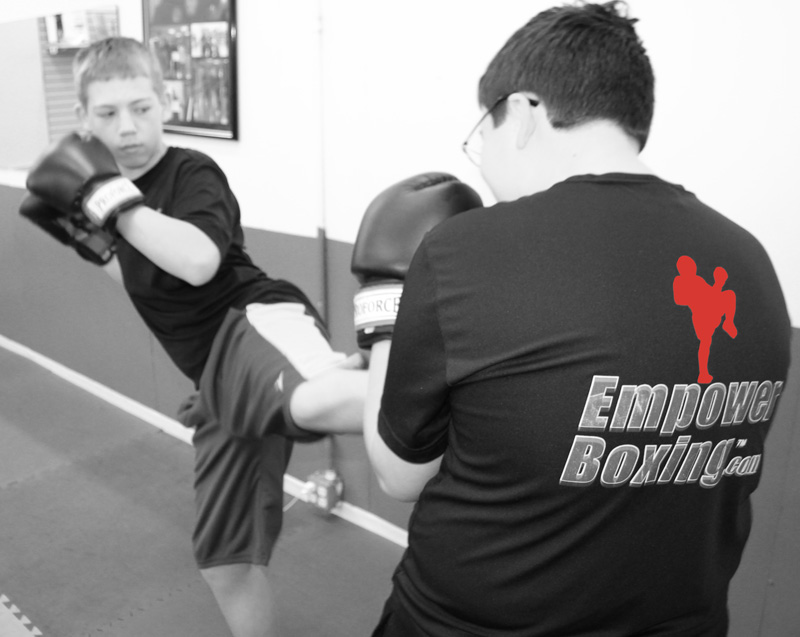To ensure white belts transition smoothly from introductory lessons to regular classes, a dedicated approach involving trained leadership team members can significantly enhance their experience and retention rates. Here’s how to effectively manage this transition and foster a supportive environment for new students.
Developing a White Belt Integration Program
-
Leadership Team Training:
- Select experienced and empathetic members from your leadership team to take on the role of "white belt coaches." These individuals should be specifically trained to handle the nuances of guiding new students.
- Provide them with specialized training that emphasizes patience, encouragement, and personalized attention.
-
Structured Transition Process:
- Introduce the white belt coach during the final sessions of the introductory program so that new students can familiarize themselves with their new instructor.
- Have the introductory teacher build up the white belt coach’s credentials and teaching style to set expectations and build trust.
-
Personalized Follow-ups:
- Encourage white belt coaches to reach out to new students after their first or second class to personally introduce themselves. This can be through a quick chat after class, a phone call, or an email.
- This personal touch helps new students feel valued and supported, reducing feelings of being overwhelmed by larger group settings.
-
Gradual Integration:
- Design the first few regular classes to gradually integrate new students into the group. This might include having designated portions of the class where white belts work separately with the white belt coach before joining the larger group.
- Use these sessions to reinforce basics and slowly introduce group dynamics, ensuring that new students don't feel lost or left behind.
-
Monitoring and Feedback:
- Instruct white belt coaches to closely monitor the progress and comfort levels of new students, providing feedback to the main instructor.
- Implement a system where students can provide feedback about their transition experience. This feedback can be used to continually improve the integration process.
Benefits of a Structured White Belt Integration Program
- Increased Retention: Students who feel supported and guided during their early days are more likely to continue their training.
- Enhanced Student Experience: Personalized attention ensures that new students develop confidence and a sense of belonging in the martial arts school.
- Community Building: Early introduction to a mentor-like figure in the form of a white belt coach fosters a stronger community and encourages loyalty among new members.
By focusing on these strategies, your martial arts school can create a nurturing environment that supports the growth and retention of white belt students, ensuring they feel valued and integrated as they begin their martial arts journey.

